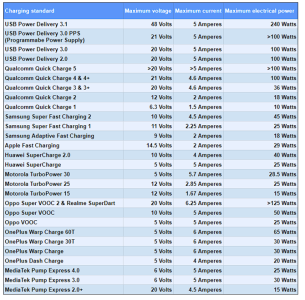Aviator Joe
New member
- Joined
- Nov 5, 2025
- Messages
- 4
- Reaction score
- 2
I love this tablet, it's brighter than my Dynon Skyview! I am having an issue. My plane has a power outlet that has a Type A and Type C port in it that I planned to use to keep the X7 charged during flight. When I plug the X7 into the type C port with a USB-C to USB-C cable, the charging appears to start, but then stops within a few seconds. I used to run a Samsug tablet in this manner with no problem. I can charge at home with a power supply or a power brick with no problem, port-C or A.
Any ideas?
Thanks!
Any ideas?
Thanks!

